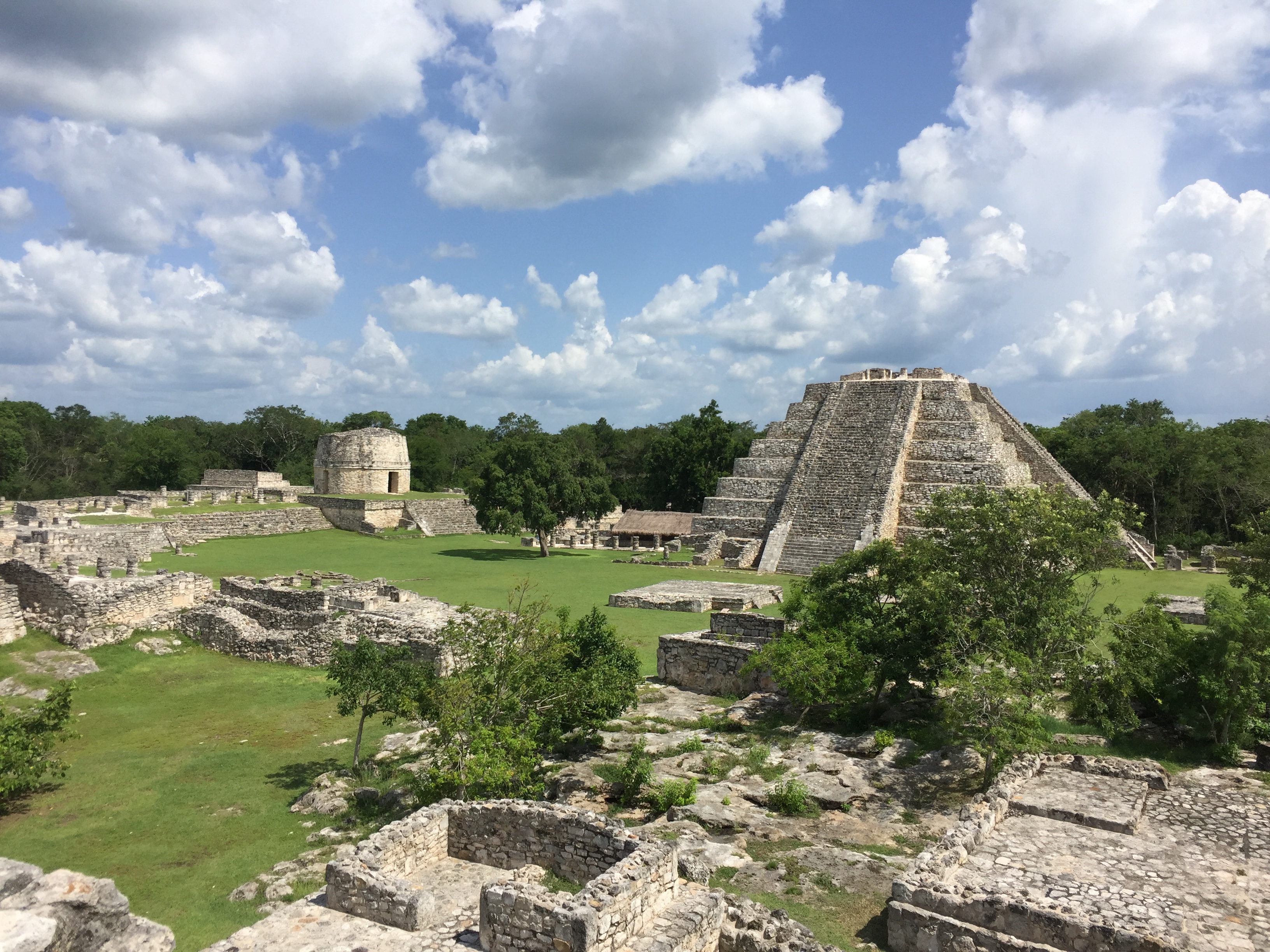Media release
From:
The collapse of Mayapan linked to drought
Drought may have led to an increase in civil conflict followed by political collapse in Mayapan, the capital of the Maya in the Yucatán Peninsula in the 13th and 14th centuries CE, suggests a Nature Communications paper. The findings provide support for the impact of climate on ancient societal stability.
In Pre-Columbian Mesoamerica, the impacts of rainfall levels on food production may have been closely aligned with human migration, population decline, warfare, and shifts in political power. However, it may also have led to instances of resilience, transformation and sustainability in the face of climate pressures. The political capital of Mayapan, which existed from 1200–1450 CE, is particularly well-suited to examine the impact of climate on civil conflict because records of the city also exist in Colonial-Period documentary accounts.
Douglas Kennett and colleagues studied historical documents for records of violence and examined human remains from Mayapan for signs of traumatic injury. The authors then compared these instances to indicators of drought conditions. They found that increased rainfall was associated with a population increase in Mayapan, but subsequent decreases in rainfall were associated with conflict. The authors suggest that prolonged drought between 1400–1450 CE escalated existing societal tensions and eventually led to the city’s abandonment.
The authors argue that, with the collapse of Mayapan, residents migrated to other smaller, successful towns and these adaptations provided regional-scale resiliency, ensuring that Maya political and economic structures endured into the 16th century CE. They conclude that human responses to drought on the Yucatán Peninsula were complex, and serve as an important example as we navigate future climate change.



 Australia; International; NSW
Australia; International; NSW



